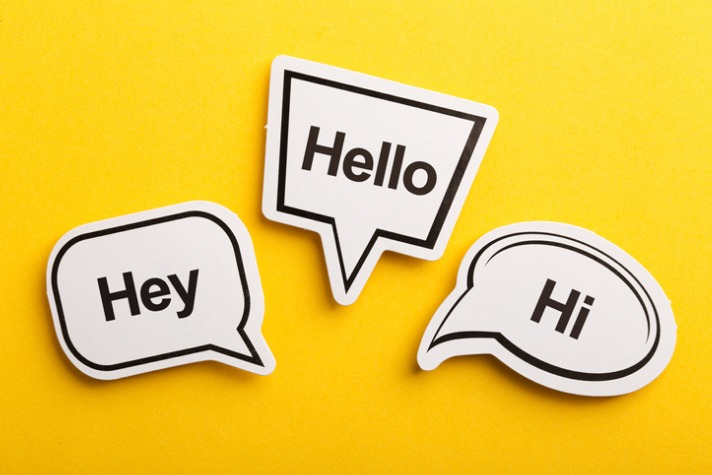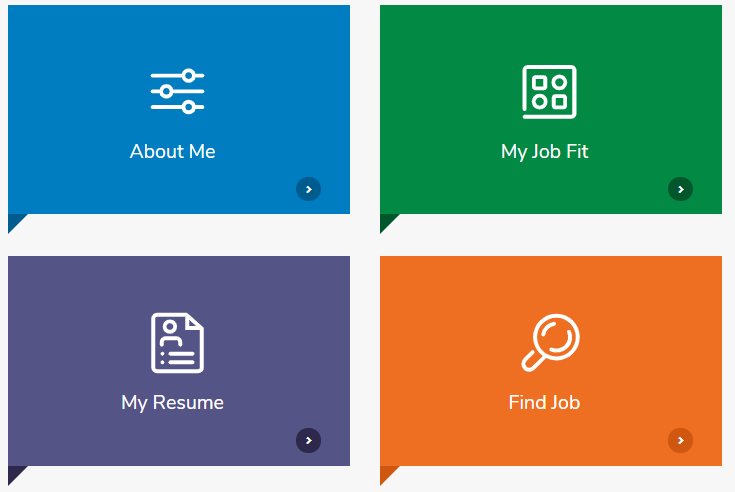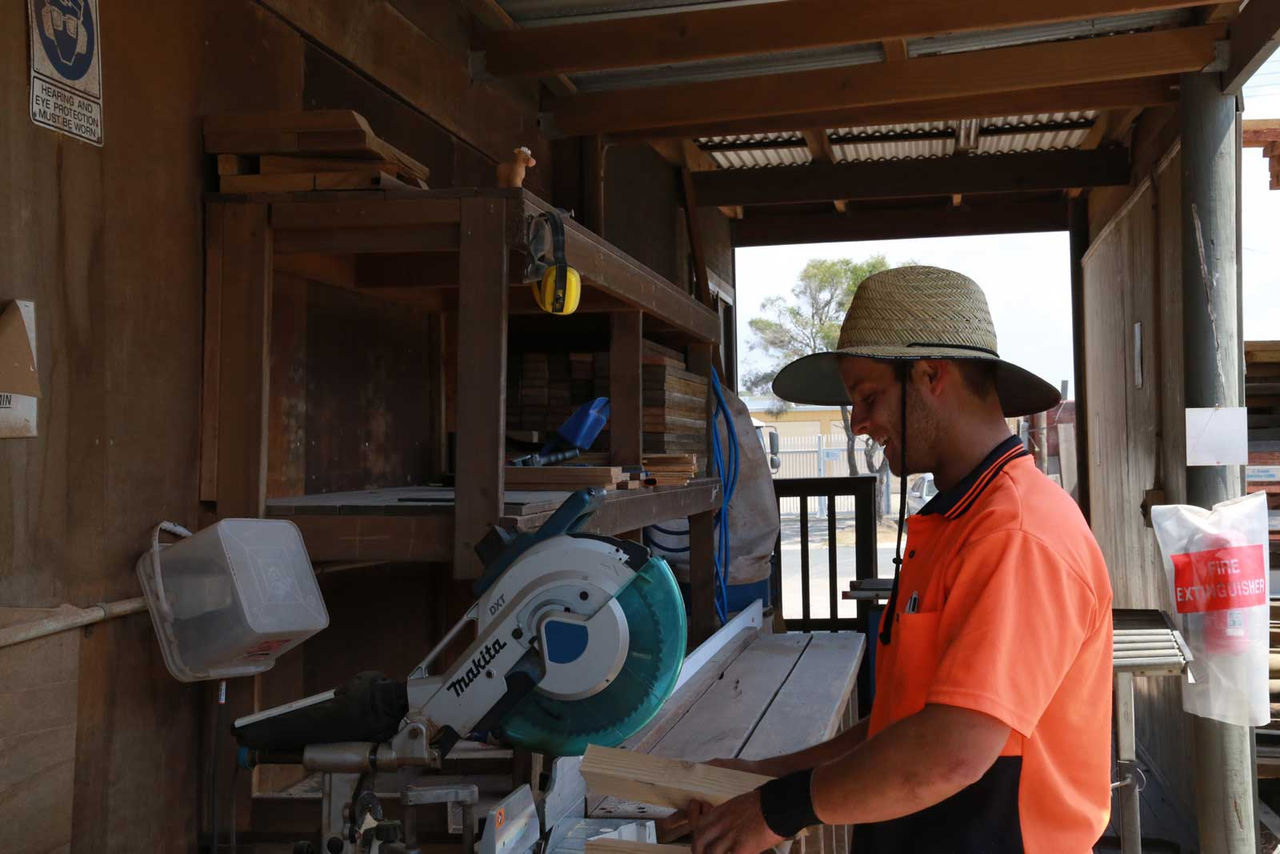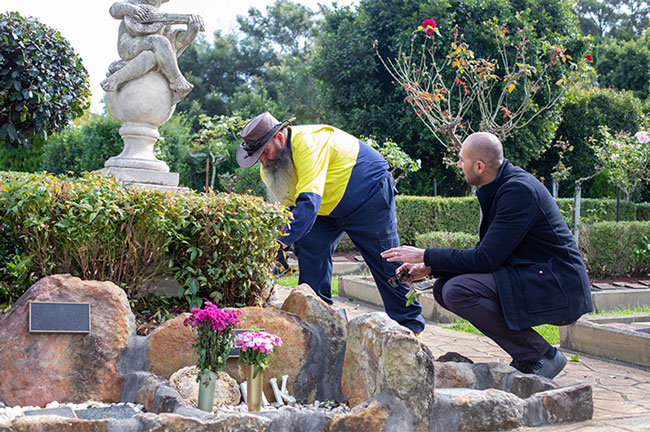Laughter at work
Published by MAXSolutions on June 08, 2025

Laughter at work
Laughter at work increases everybody’s positive emotions and positive relationships (1). Studies of workplaces have shown that when leaders use humour it can improve workplace relationships, enhance creativity, lift the mood, reduce stress, build trust and loyalty. If your leader uses humour, your work performance is likely to improve and you will both experience a better working relationship. (1)
One study (2) measured worker productivity after watching a short funny video clip. Workers who watched the funny video clip, were 10% more productive than those who didn’t. Humorous people are also seen to be more competent.
But using humour at work can be risky. Studies into leaders who use humour have found that those who don’t use humour enough are seen as too serious and those who use it too much have difficulty building credibility.
Leader humour tends to be more successful when it services a purpose (3). For example, it might ease tension, ridicule a shared challenge, or communicate a message. Humour that is work related tends to be more successful, rather than jokes that distract from a work task. It can be self-deprecating, as long as the tone is light. The act of laughing itself lifts your mood.
It goes without saying that jokes are only funny if everyone is laughing. Jokes told at other people’s expense quickly become problematic in the workplace. Nobody likes to be the butt of a joke. Additionally, when leaders tell inappropriate jokes or single people out, that can lead to bad behaviour from other employees.
So provided humour is kept within the bounds of decency and what is respectful and kind, there can be a large range of benefits to a good clean joke.
References
1. Caroline, K. K., & Cristiane, B. L. (2023). Laughter as medicine: A systematic review and meta-analysis of interventional studies evaluating the impact of spontaneous laughter on cortisol levels. PLoS One, 18(5) doi:https://doi.org/10.1371/journal.pone.0286260
2. Proto, E. Are happy workers more productive?. IZA World of Labor 2016: 315 doi: 10.15185/izawol.315
3. Sizemore, S., & O'Brien, K. (2023). How to tell a joke: Theories of successful humour and applications to the workplace: MRN. Management Research Review, 46(12), 1679-1693. doi:https://doi.org/10.1108/MRR-10-2022-0724
4. Cooper, C.D., Kong, D.T. and Crossley, C.D. (2018), “Leader humor as an interpersonal resource: integrating three theoretical perspectives”, Academy of Management Journal, Vol. 61 No. 2, pp. 769-796
5. Ko, Y., & Park, S. (2023). A pilot randomized controlled trial of distance laughter therapy for mothers’ level of depression, anxiety, and parental stress during the COVID-19 pandemic. PLoS One, 18(7) doi:https://doi.org/10.1371/journal.pone.0288246
Share
Tags
Found this useful?
Help and advice
Our blogs are about helping people seek the information that they need for their steps in the workforce.














_1.jpg)





























.jpeg)


















